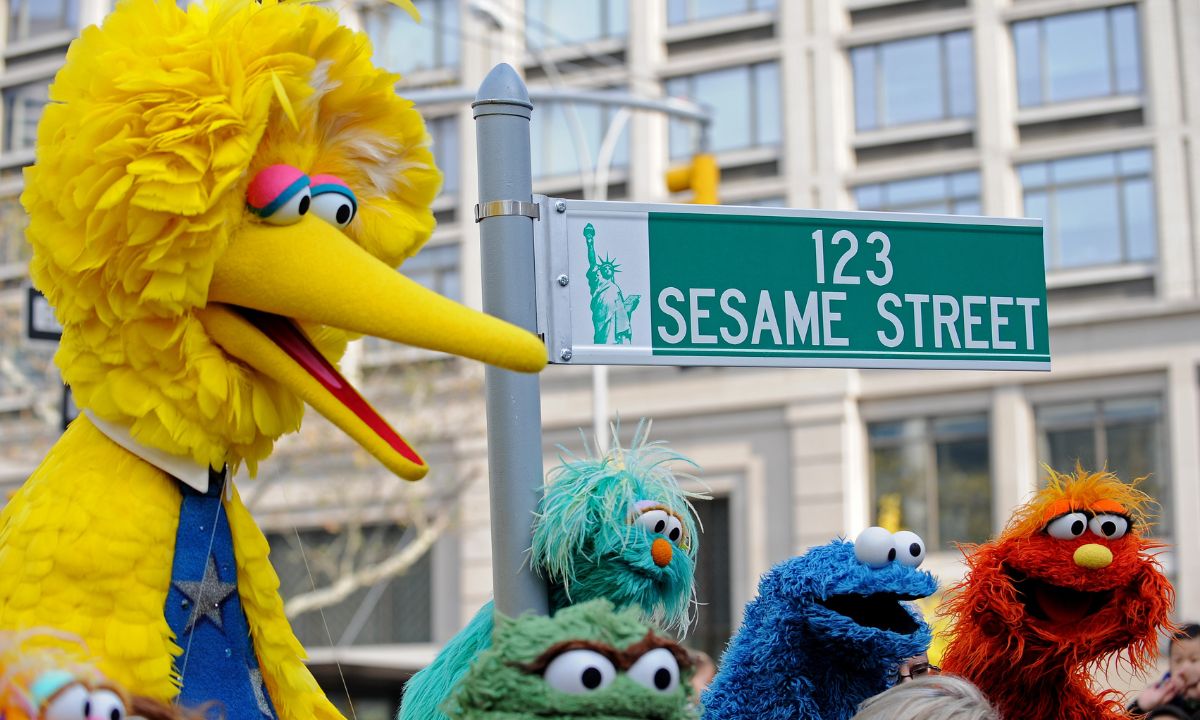Millions of Kids Learn Through Public Media. Why Take That Away?
Pasnik: Research shows children learn key reading and math skills from watching PBSKids programming. The Trump administration wants to cut funding.

Get stories like this delivered straight to your inbox. Sign up for The 74 Newsletter
For more than 30 years, the federal government made what some might call an unconventional investment in education: It funded television. Not just any television, but PBS KIDS programming. These are the kinds of popular shows that kids enjoy and parents don’t fret about, like Molly of Denali, Peg + Cat, and The Cat in the Hat Knows a Lot About That! — all programming backed by research, tested in classrooms and living rooms, and offered at no cost to families across the country.
This investment, known as the Ready To Learn initiative, was designed to do something radical: meet young children where they are and get them ready to learn –- and thrive –-in the classroom from their first days. Now, that program is being eliminated.
As someone who has spent two decades leading an independent evaluation of the impact of this initiative and the child-first media it produced — designing national surveys, conducting randomized controlled trials, and hearing firsthand from families in cities and towns across America, I can tell you this: Cutting Ready To Learn is not fiscal prudence. It’s a step backward for our nation’s children.
What has made the program effective isn’t just the beloved stories and characters. It is the ability to reach all children and to engage them as learners. Through local public media stations and community partners, Ready To Learn brought high-quality, curriculum-based learning to libraries, public housing, laundromats, afterschool programs, and, of course, home screens.
For decades, if a child’s family could turn on a television or access the internet, they could benefit from educational tools designed to build literacy, math, and science skills. In fact, in the most recent fiscal year alone according to the Corporation for Public Broadcasting, Ready To Learn programming reached more than 1.8 billion video streams, 27.6 million digital game plays, 10.2 million television viewers, and 2 million mobile app downloads.
And what we know is that when children tuned in, they learned.
Children who engaged with Ready To Learn content consistently showed gains in early foundational skills, regardless of whether they were enrolled in preschool. They learned to interpret data on a map. They recognized geometric shapes. They began thinking like scientists and problem-solvers.
And they acquired emergent reading skills. Just last week, one of our research teams was conducting an initial round of assessments focused on children’s computational thinking skills as part of a study of Lyla in the Loop. And another study team was putting the finishing touches on a report on the resourceful ways families are engaging with podcasts and saw how the format expanded their children’s imagination.
These aren’t just cute kids doing cute kid things; these are the building blocks of educational and economic opportunity. The building blocks of a great nation, you might even say.
In an era where roughly half of young children in the U.S. are not enrolled in any formal early education program (a discussion for another day), Ready To Learn has served all children — especially in communities where access to quality preschool is scarce or nonexistent. It has offered a rare combination of scale, equity, and proven impact.
So why are we making it harder for families to access free, educational resources that work?
The decision to terminate this decades-long effort comes amid broader debates about education, culture, and spending. There are real discussions to be had. But this is a data-driven, cost-effective solution to one of those issues that’s been working.
Unlike many educational interventions that require the development of large-scale infrastructure or intensive professional development, Ready To Learn makes use of our nation’s existing public media system. The research is independently conducted. The materials are publicly available. The value is clear.
In communities all across the country — Tallahassee, Pittsburgh, St. Louis, Cookeville, Tenn., and many others — I’ve seen what happens when you put the right tools in front of a curious child: They light up and thrive. And when they thrive from their earliest learning opportunities, their potential is boundless.
Our country has spent decades building this infrastructure and then producing, testing and evolving meaningful content in partnership with families across the country. To dismantle this effort now is to break a promise to those families: that we’ll do what we can, with what we have, to help every child get ready to learn.
Let’s not stop them now.
Get stories like these delivered straight to your inbox. Sign up for The 74 Newsletter

;)